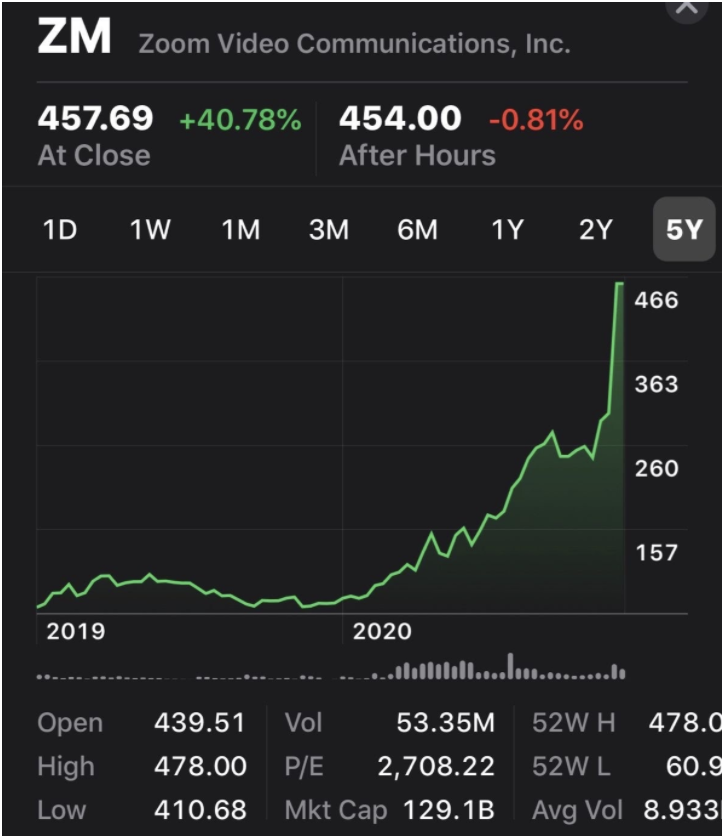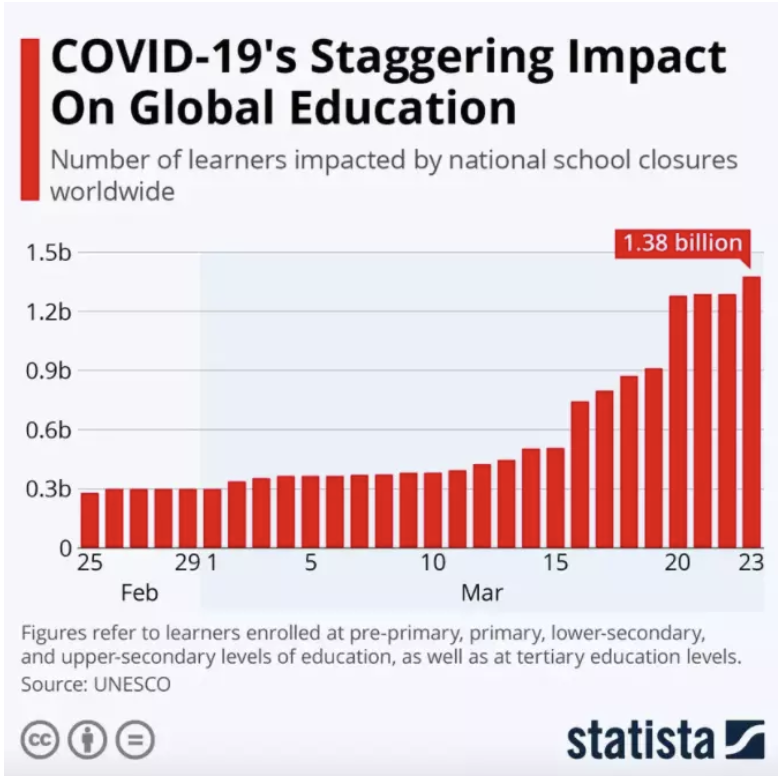Why Taiwan's superb handling of COVID-19 could be a risk long-term

As much as Taiwan is blessed for having so far maneuvered this pandemic with a minimum of casualties and avoided a recession, the current situation also carries a risk. A meme on the internet shows a multiple-choice questionnaire that asks, "Who led the digital transformation of your company." While the answers CEO, CTO, and CIO are unchecked, there is a big cross at the fourth answer - COVD19.
Views
Why Taiwan's superb handling of COVID-19 could be a risk long-term
By Nicky Szmalaweb only
As much as we are blessed in Taiwan having so far maneuvered this pandemic with a minimum of casualties and avoided a recession thanks to the government's decisive action, compliance by Taiwanese citizens, and products in global demand, the current situation also carries a risk.
A risk in that sense that Taiwan is not evolving as much while the world around us is changing rapidly, adjusting to the "New Normal" with changing consumer behaviors and innovations.
Here in Taiwan, we (almost) did not experience school closures, the shutdown of none essential businesses like restaurants, nor the widespread of working from home policies for knowledge workers.
The New Normal is shaping the future of life and work. Will Taiwan be part of it?
What initially looked like some temporary interruptions have led to new ways of living around the globe. COVID-19 is altering how education is delivered, work gets done, and how the world purchases goods and pays for them (among many other things that have changed). To a large extent, these new ways of living are enabled by digital technologies and services. Most of these solutions already existed before, but adoption is skyrocketing since the beginning of the pandemic.
One example is the video conferencing software Zoom. In December 2019, Zoom had 10 million daily meeting participants. Within four months, this number increased 30 fold to more than 300 million. In parallel, Zoom's market capitalization has risen to record highs valuing Zoom higher than IBM and all US airlines combined.

Thanks to Zoom and other cloud-based collaboration tools, businesses with office workers could continue their operations.
And at least for the foreseeable future, it looks like that working from home or hybrid working models is the new status quo at many global companies.
Google will have employees working from home until at least July 2021, with similar arrangements in place by other tech powerhouses, including Facebook and Microsoft.
The social media and image sharing service Pinterest, with 1600 employees, took a USD 89.5 million penalties for canceling the lease of a yet constructed office building in San Francisco, stating COVID-19 as a major reason. According to Pinterest's CFO Todd Morgenfeld, "A more distributed workforce will give us the opportunity to hire people from a wider range of backgrounds and experiences."
The working from home shift is not only happening at global tech companies but is a trend across industries. Automaker Ford, for example, extended their working from home arrangement until the end of the year and is currently surveying 30.000 office workers who are working remotely due to the pandemic and will further determine their strategy based on that outcome.
While we don't know for sure what the future of work will look like, it certainly won't be 9 - 5 for five days a week at one office location. We will see 100% remote as well as a mix of office and working from home models. This trend will shape how organizations operate, hire, and retain talent.
To a large extent, Taiwan has not yet embraced remote work arrangements and therefore operates a model where talent is hired regionally, and collaboration happens mainly in face-2-face settings. In the long run, this could become a competitive disadvantage and hinder Taiwan's plans to attract more global talent.
From working from home to learning from home.
According to UNESCO, over 1 billion children in 186 countries were bound to learn from home due to COVID-19 causing school closures.

To continue to deliver classes, teachers and professors moved to online learning platforms and video conferencing tools.
While most countries' situation has improved, and schools have opened again under new hygiene and social distancing regulations, the ed-tech trend has been irreversibly accelerated.
Changes affect education on all levels and don't stop even for institutions like Harvard. The Ivy League university will offer all its courses online and only allow about 40% of students to return to campus for the Fall semester.
Similar to the world of work, we might see a hybrid model where learning onsite and from home will co-exist. Both modes will have higher utilization of digital tools to facilitate the learning experience.
To catch up, Taiwan should use its current position to transition to those new modes of education gradually and learn from global best practices that are now established.
Beyond these examples above, there are many more sectors where COVID has led to the rapid adoption of digital technologies that are changing businesses and governments. We see the implementation of telehealth solutions that allow medical consultations online, eGovernment services, and a rapid acceleration of cashless payments, to name just a few.
Milan changes the face of its city to be safer and more environmentally friendly.
The pandemic is not only accelerating the construction of digital infrastructure but is also altering our physical world.
Taiwanese cities and towns have a unique layout with many small lanes and alleys that are part of their cultural identity. On the downside, they hardly allow for social distancing and are often not safe to walk for pedestrians while being vulnerable to traffic congestion.
Milan, Italy's financial hub, and home to high-fashion in the Lombardy region were among the places that were hit hardest by the pandemic. Like many other Italian cities, Milan has many small lanes and alleys that look a little bit like Taiwan's urban areas despite a different architectural style.
In response to the pandemic, the Italian city has launched an ambitious plan to make it more resilient. The local government is allocating more space for pedestrians and cyclists that will allow for social distancing and lower carbon emissions from vehicles.
This summer, 35 km of street space will be reconstructed with multiple pilots that will provide a blueprint for cities globally on how to evolve.
These examples show that despite the disruption of people's lives and the adverse effects on the global economy, the pandemic also provides a silver lining. Ultimately, those digital tools and improvements in city planning will lead to more convenience and cleaner environments while at the same time making humanity more resilient.
That does not mean that we in Taiwan should do the same and change our lives accordingly. But the "New Normal" that is established globally could inspire us as much as we gave inspiration and guidance to the world on how to prevent the outbreak of the pandemic.

About the author:
Nicky Szmala is a Tech Marketer and Startup Advisor based in Taiwan. When he is not working, he loves to cook, do yoga, and spend time with his family. Nicky holds an MBA from the University of Manchester.
Have you read?
♦ Chen Chien-jen: Solidarity the Key to Taiwan’s Successful Pandemic Fight
♦ Pandemic Leading to Wealth Redistribution. Who are the New Coronavirus Poor?
♦ The First International Cruise Ship to Resume Operation
Uploaded by Penny Chiang






